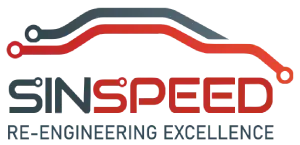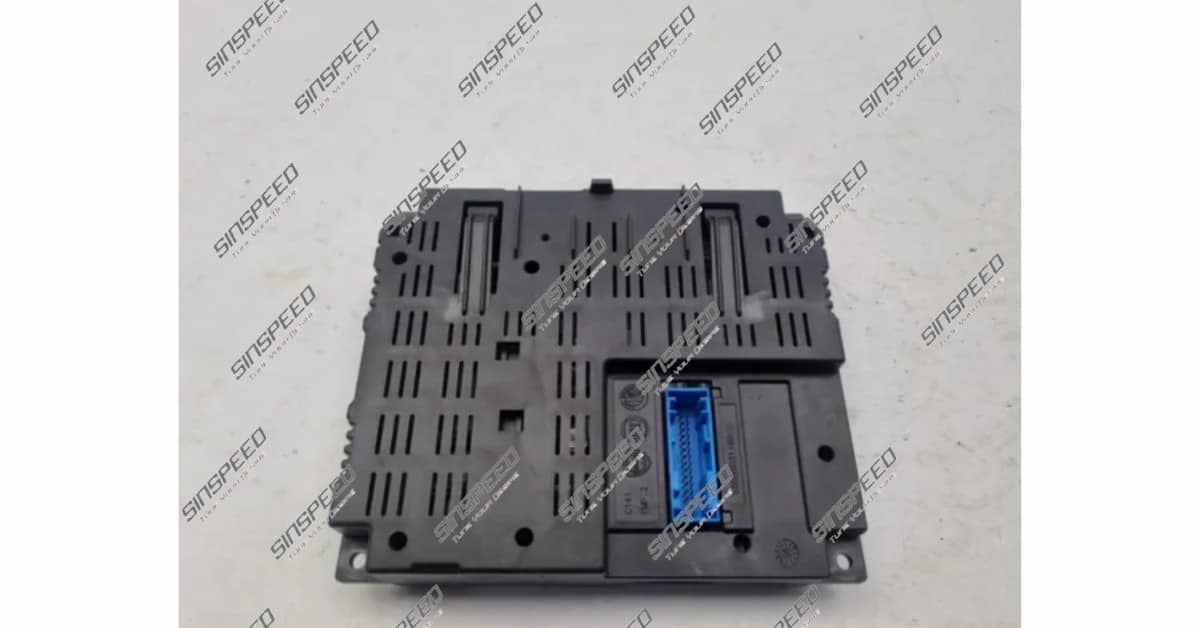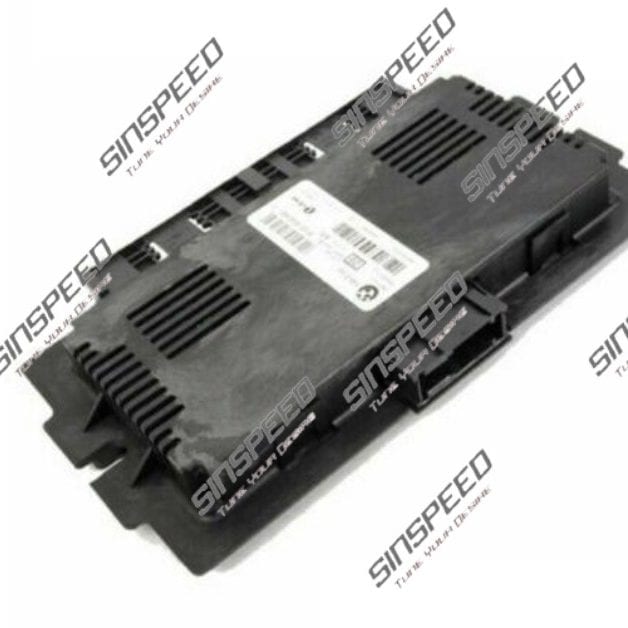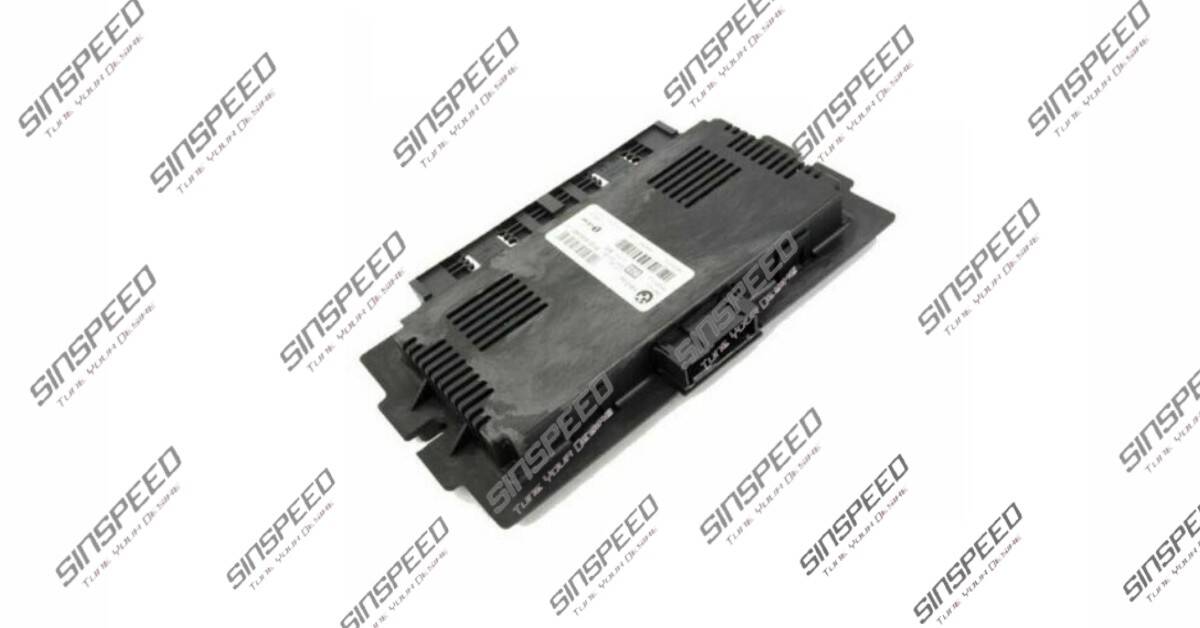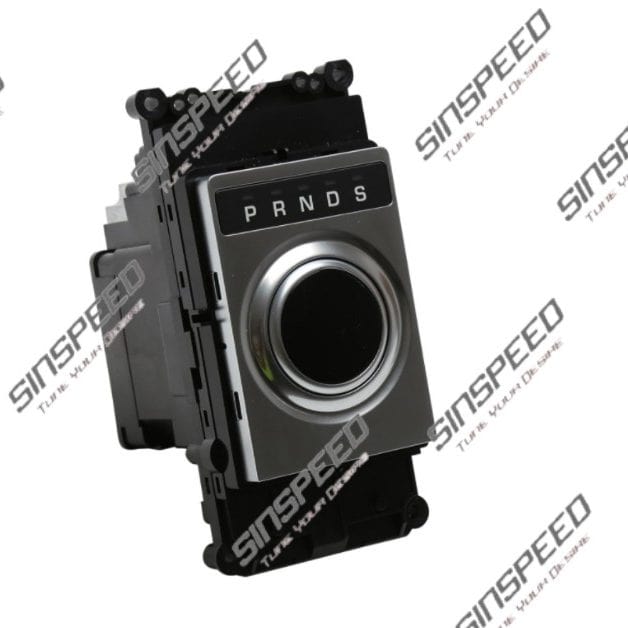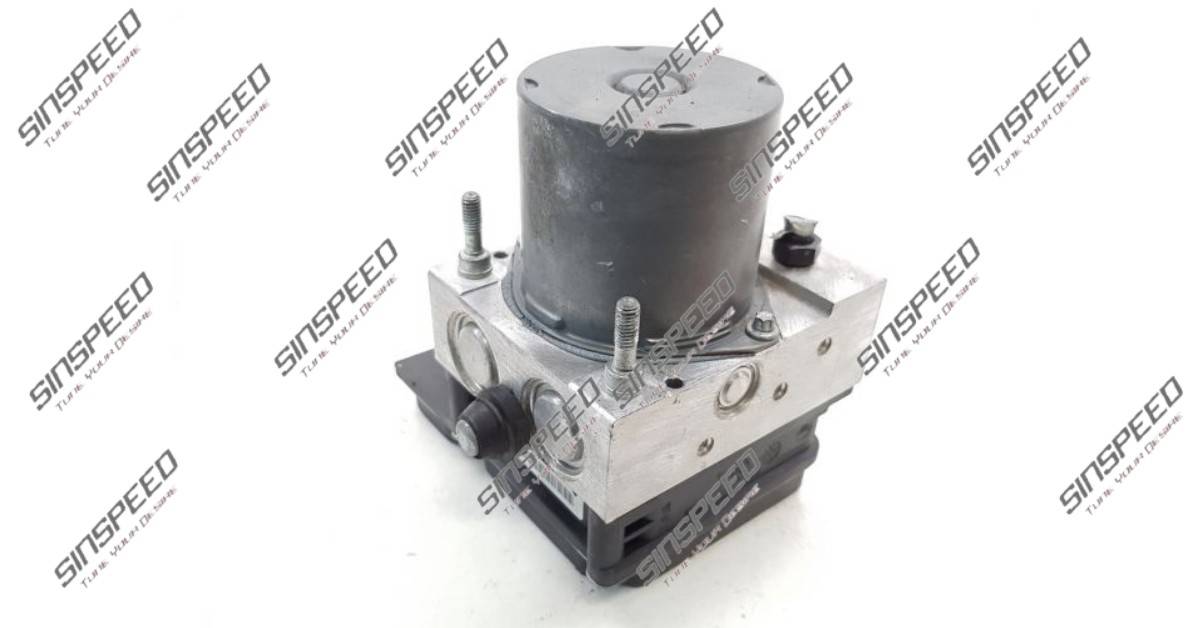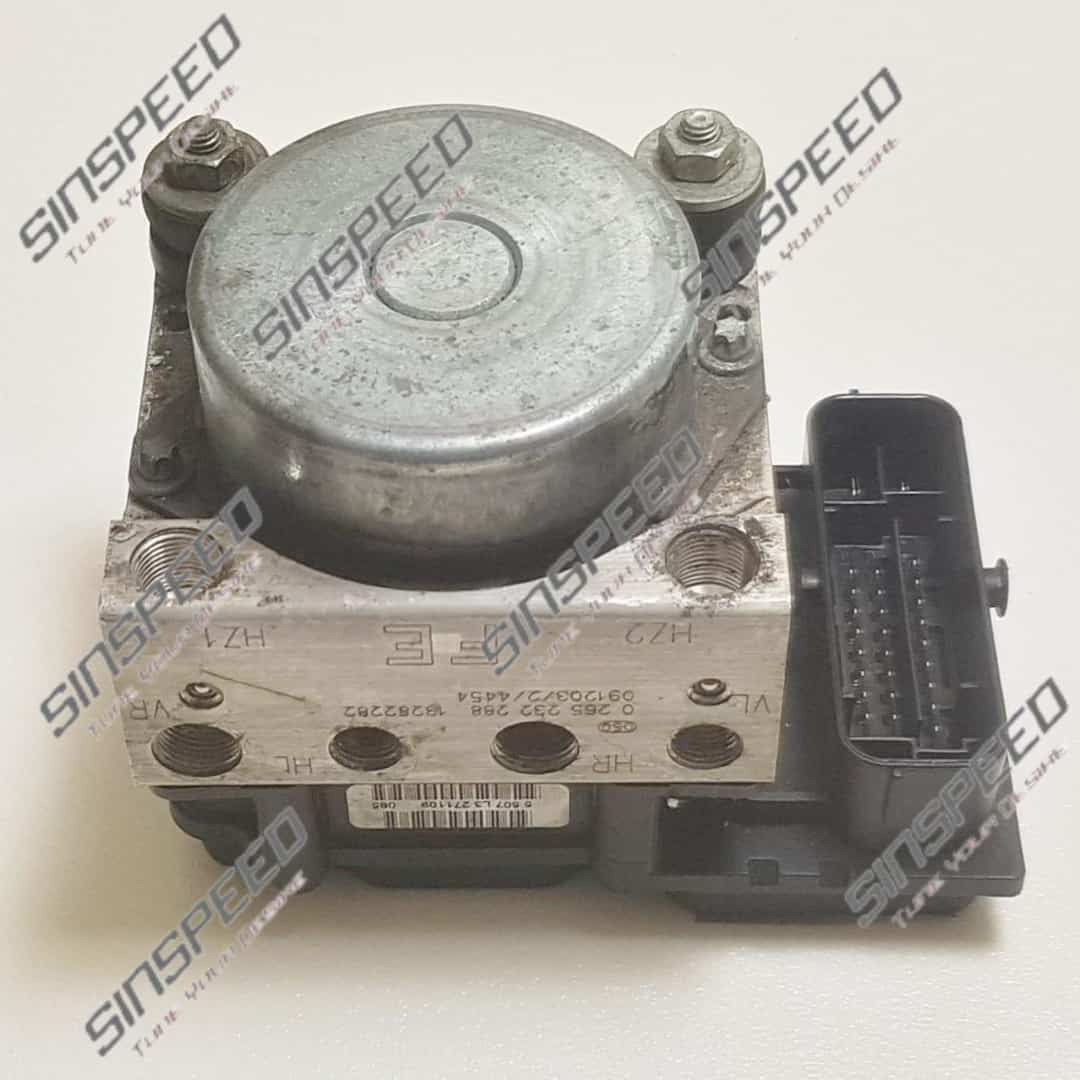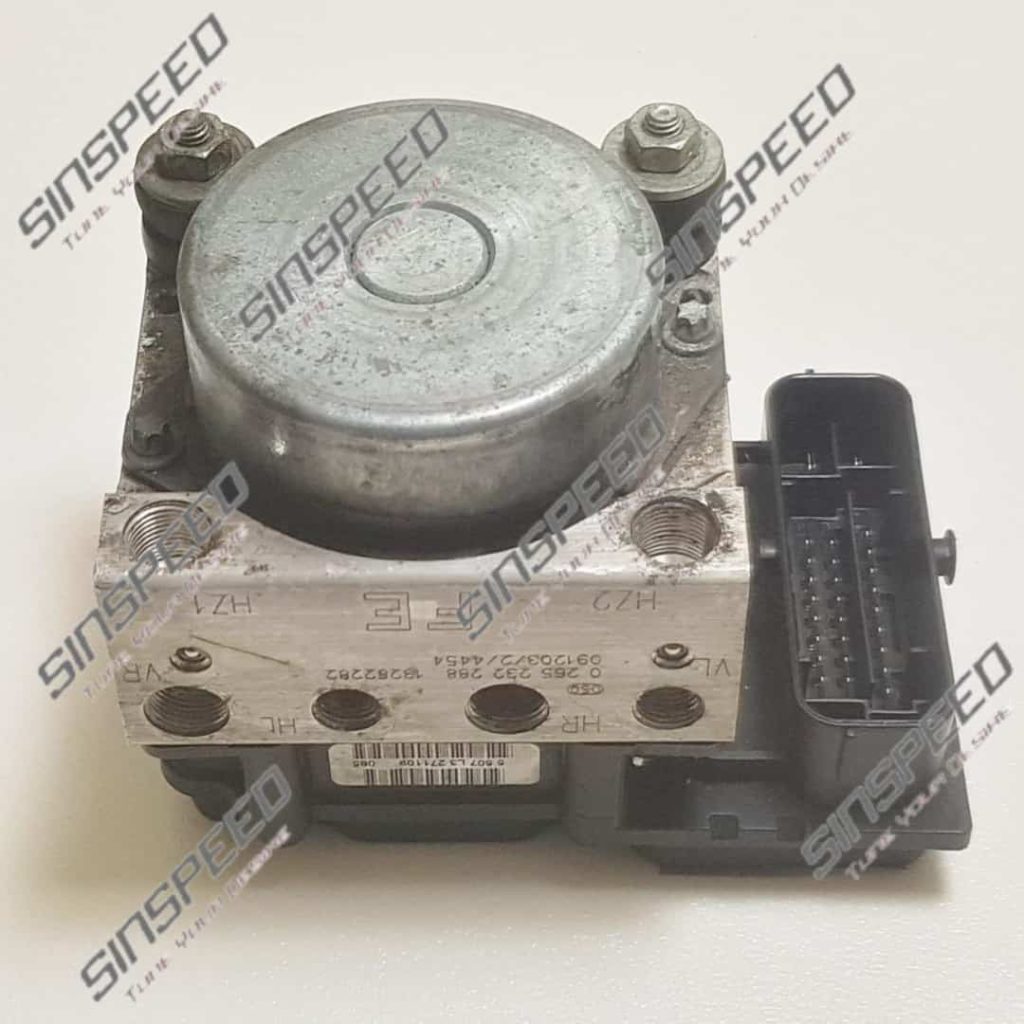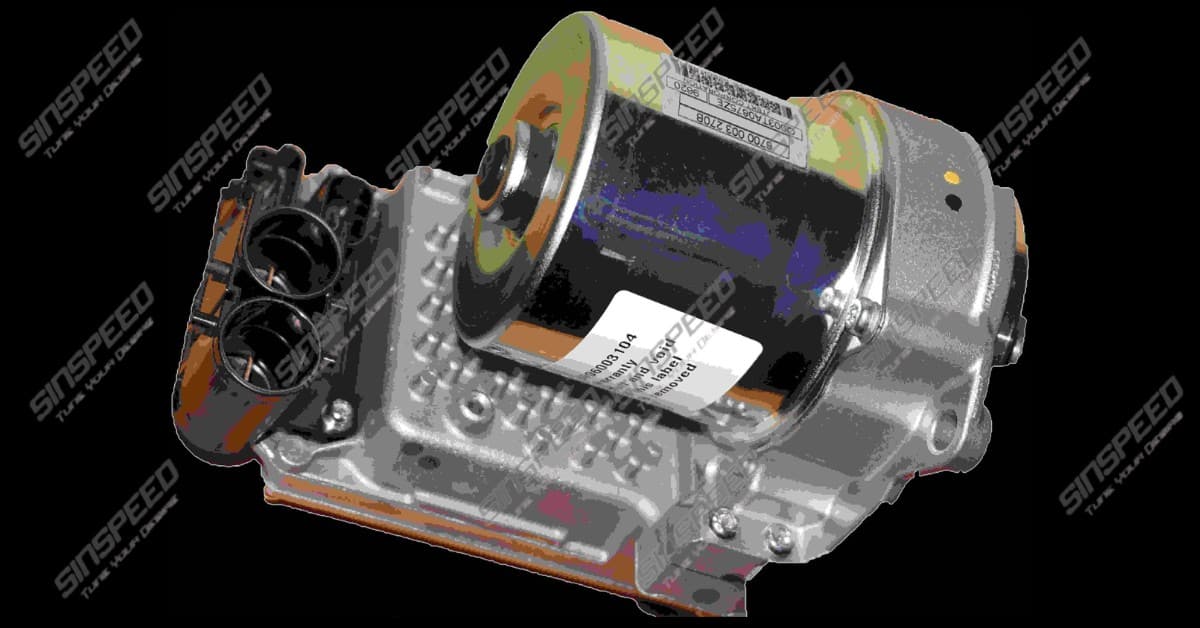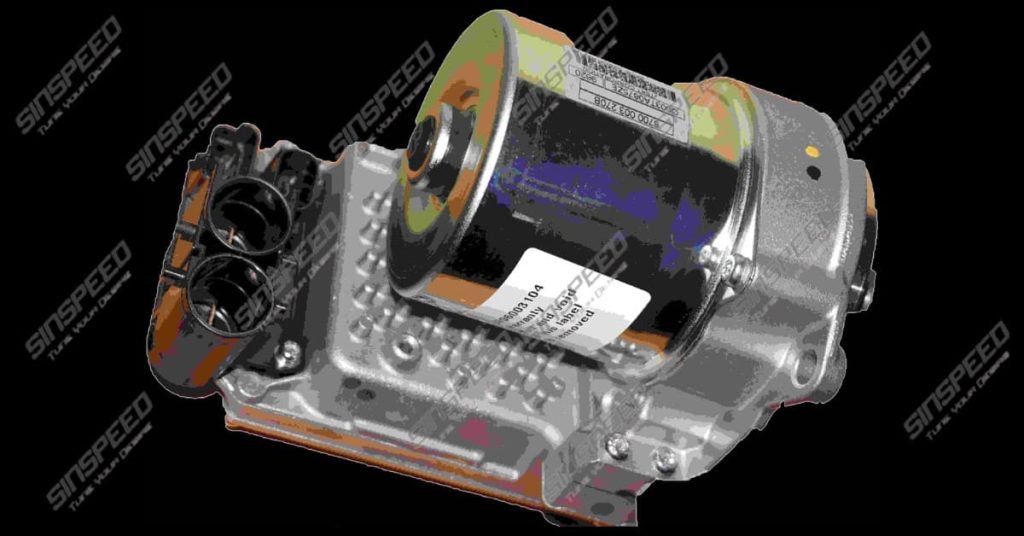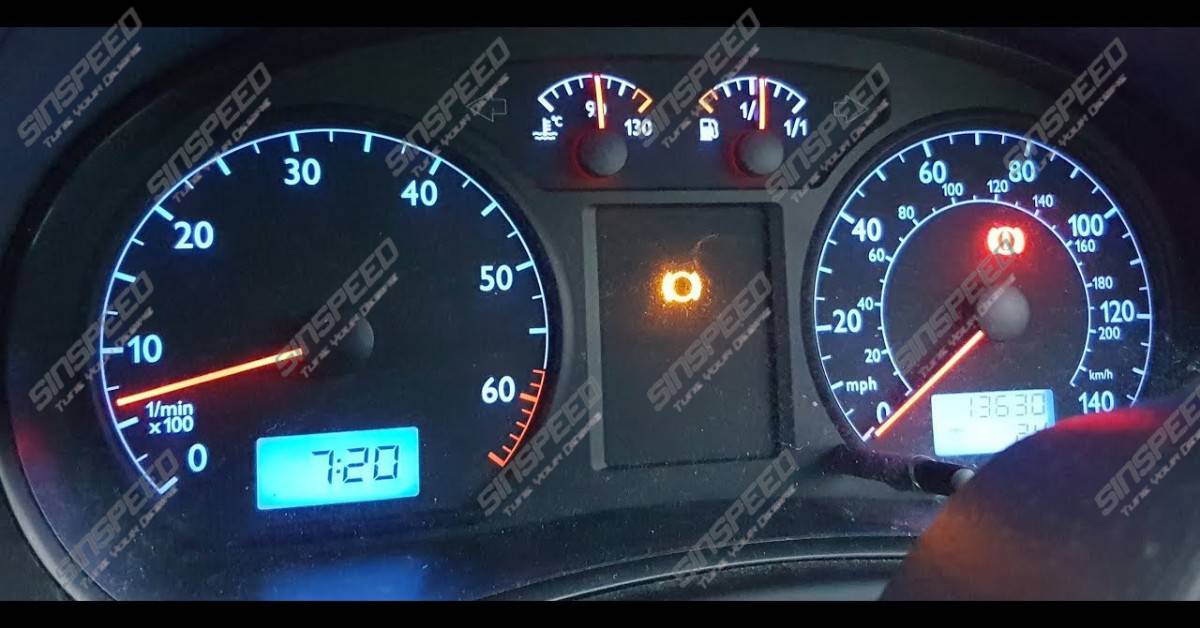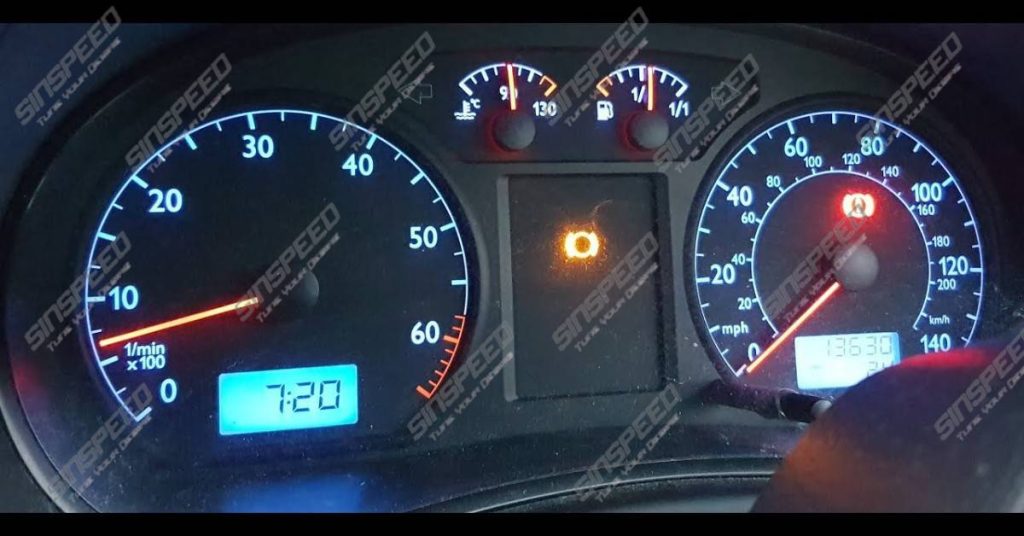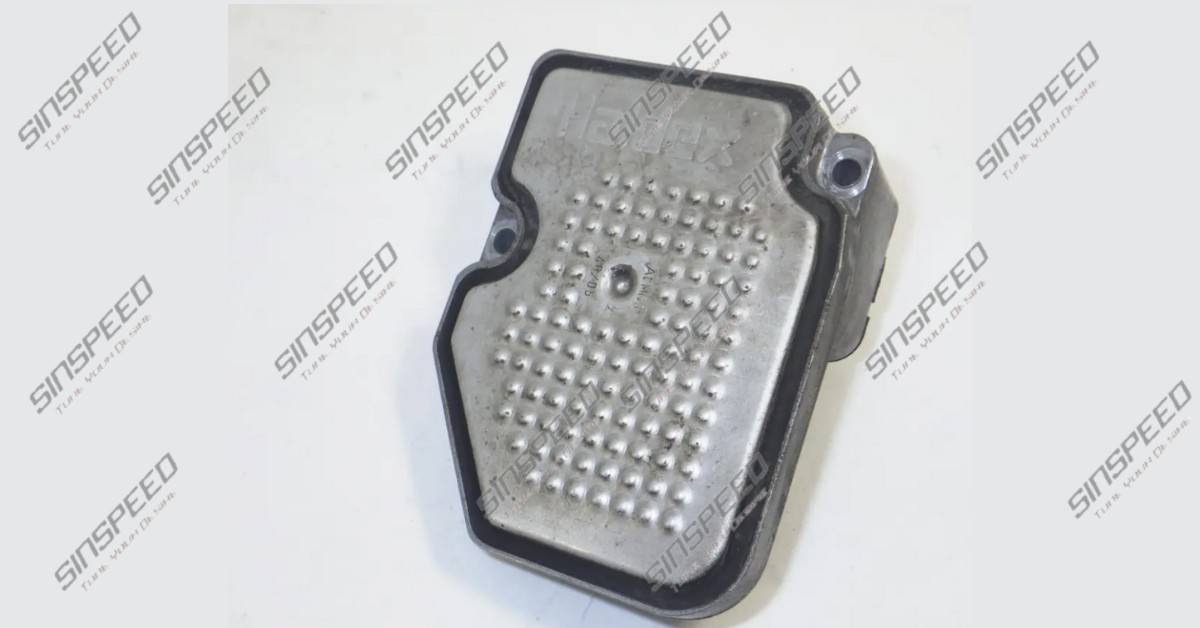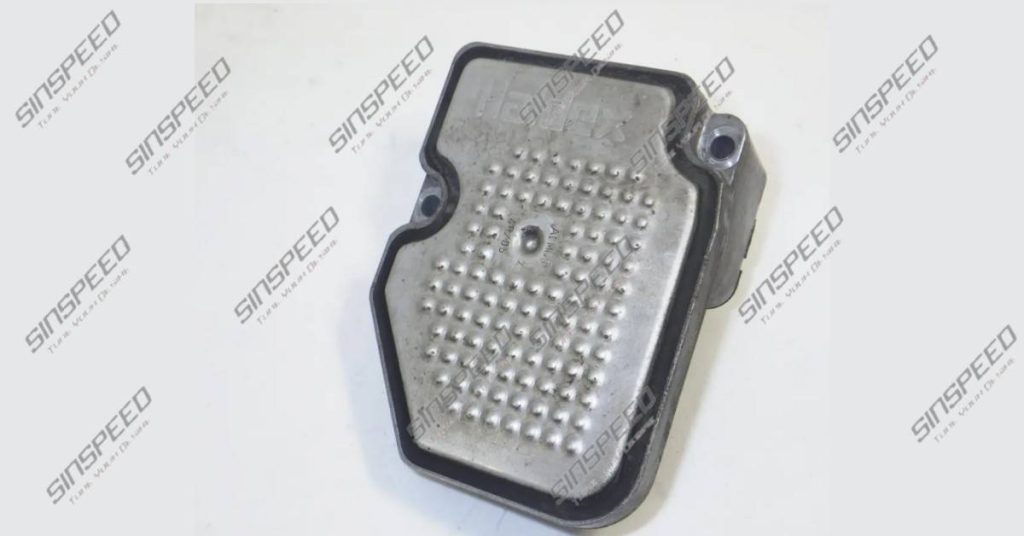Fiat 500 Blue and Me Bluetooth Module Repairs
Restoring Connectivity: Fiat 500 Blue and Me Bluetooth Module Repairs by Sinspeed
In the modern age of automotive technology, connectivity is key. The blue and me fiat 500 bluetooth module is a pivotal component that enables drivers to seamlessly integrate their smartphones with their vehicles, facilitating hands-free calling, music streaming, and navigation. However, like any electronic device, the Bluetooth module is susceptible to wear and tear over time, leading to malfunctions and connectivity issues.

Enter Sinspeed, a leading automotive company specialising in the repair and restoration of electronic components. With the expertise and advanced diagnostic tools, Sinspeed offers a comprehensive solution for blue and me fiat 500 bluetooth module repairs, ensuring that you can enjoy the full functionality of the vehicle’s infotainment system.
How We Repair The Common Faults
The Bluetooth module repair process begins with a thorough assessment of the unit to identify the root cause of the issue. Common problems include firmware glitches, hardware failures, and compatibility issues with newer smartphone models. Sinspeed’s team of skilled technicians utilises state-of-the-art equipment to pinpoint the exact fault and develop a tailored repair plan.
One of the most prevalent issues encountered with Fiat 500 Blue and Me Bluetooth modules is related to software bugs and outdated firmware. Sinspeed addresses this by reprogramming the module with the latest software updates, eliminating compatibility issues and enhancing overall performance. Additionally, any damaged or faulty components within the module are meticulously replaced to ensure optimal functionality and longevity.
Compatibility with newer smartphone models is another area of concern for Fiat 500 owners experiencing Bluetooth connectivity issues. Sinspeed stays ahead of the curve by constantly researching and testing compatibility with the latest smartphone models and operating systems. This proactive approach allows them to provide reliable solutions that keep pace with evolving technology trends.
List of some other common issues
- Bluetooth connection failure
- Blue & Me system malfunction
- Limited functionality to radio and CD only
- Odometer blinking in the instrument cluster
- USB port malfunction
- fiat 500 mileage flashing indicator
- Difficulty connecting phone to vehicle via Blue & Me
- Intermittent power issues
- Media player dysfunction
- Bluetooth connectivity problems
- Battery drainage problems
- Display or touch screen unresponsiveness
Additionally
- Inability to perform software updates
- Configuration issues or inability to connect to diagnostic device
- Sporadic malfunction of steering wheel remote control
- Navigation system malfunction
- Hands-free system malfunction
- Error code U1733: Telematics Node Convergence L1 and L2
- Error code P0022: Convergence Node Control Unit (inactive)
However, Sinspeed offers a comprehensive solution through meticulous testing and rebuilding process. Every blue and me fiat 500 module undergoes rigorous examination. If identified as faulty, Sinspeed rebuilds the unit with higher-than-standard components to prevent future failures.
Detailed Rebuilding Process
Here’s a detailed overview of how we ensure your module is restored to optimal performance:
Test and rebuild
All Fiat Blue and Me modules are scrupulously tested before and after the rebuilding process on our custom-made HIL (Hardware In-the-Loop) testing rigs, to ensure that every unit meets strict OE specifications. If the unit is identified as faulty, it is rebuilt with higher than standard components, to make certain the unit will not fail again.
Programming
No extra effort is required by you, as we retain all original programming during the test and rebuilding process, just simply plug and play once the unit is returned to you.
Quality
Our lifetime warranty is a testament to our confidence in the durability and longevity of our repairs. We don’t just fix the immediate issue; we future-proof your Blue and Me module to ensure that it remains a seamless and integral part of your driving experience for as long as you own your Fiat 500.
What are you waiting for?
Don’t hesitate! Reach out to Sinspeed today to experience unparalleled reliability and excellence in Fiat 500 Blue and Me Bluetooth module repairs. With our lifetime warranty and commitment to customer satisfaction, you can trust us to provide you with peace of mind and a seamless driving experience. Contact us now to learn more about our services and schedule your repair.
